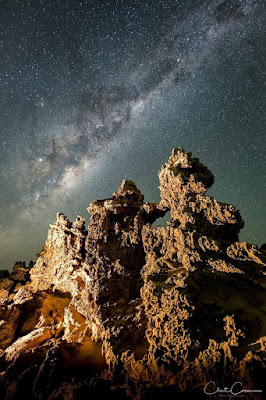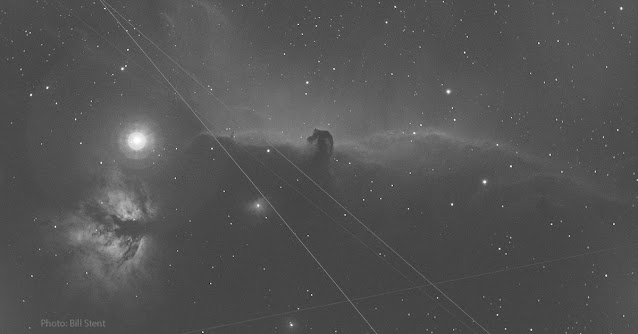Taking a photo using a DSLR and small Newtonian reflector

Focusing with a small Newt and a DSLR A slightly longer version of this is on the Optics Central blog page . One of the most common (and irritating) problems that owners of Newtonian telescopes have is getting a DSLR onto them – and actually get the image in focus. Well of course you want to take a photo! One of the most common (and irritating) problems that owners of Newtonian telescopes have is getting a DSLR onto them – and actually get the image in focus. Of course, people want to take photos of the Moon or other things when they’ve got a telescope and a DSLR – who wouldn’t? But actually getting the two things together is a little complicated. To make the physical connection, you need at least two things. First the telescope’s focuser has to have a specific thread (called a t-thread) cut into it. If your focuser doesn’t have one of these you can get a little tube with an eyepiece-shaped tube and the required thread. Second, you need an adapter called a t-ring, whi...









